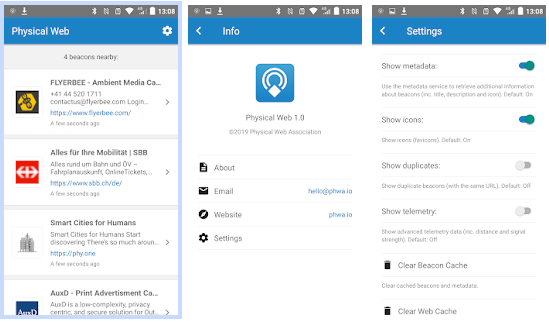This is one of most popular enquiries so we have created a new blog post explaining the situation. Contrary to what some may believe, it’s not possible to send unsolicited messages from beacons to iOS and Android. The problem is that this used to be possible and there are now many web sites still promoting old information.
In the past, there was a way for beacons to broadcast a URL using a protocol known as Google’s Eddystone-URL. This protocol allowed a beacon to transmit a web address and a smartphone or web browser with the ‘Nearby’ feature could detect this broadcast without needing a specific application installed.
However, from December 2018, Google announced that it would discontinue the ‘Nearby’ feature due to a significant increase in irrelevant and spammy notifications that were leading to a poor user experience. This change meant that the Eddystone-URL, which was a potential avenue for unsolicited messages, could no longer be used in this way.
In the wake of Google’s decision, the beacon messaging landscape has changed. Beacons can no longer send unsolicited messages via the Eddystone-URL protocol and all notifications now require an app installed on the device that can listen for the beacons.
While this might seem like a limitation, it provides a level of protection for users, ensuring that they’re only receiving notifications that are relevant and wanted.
